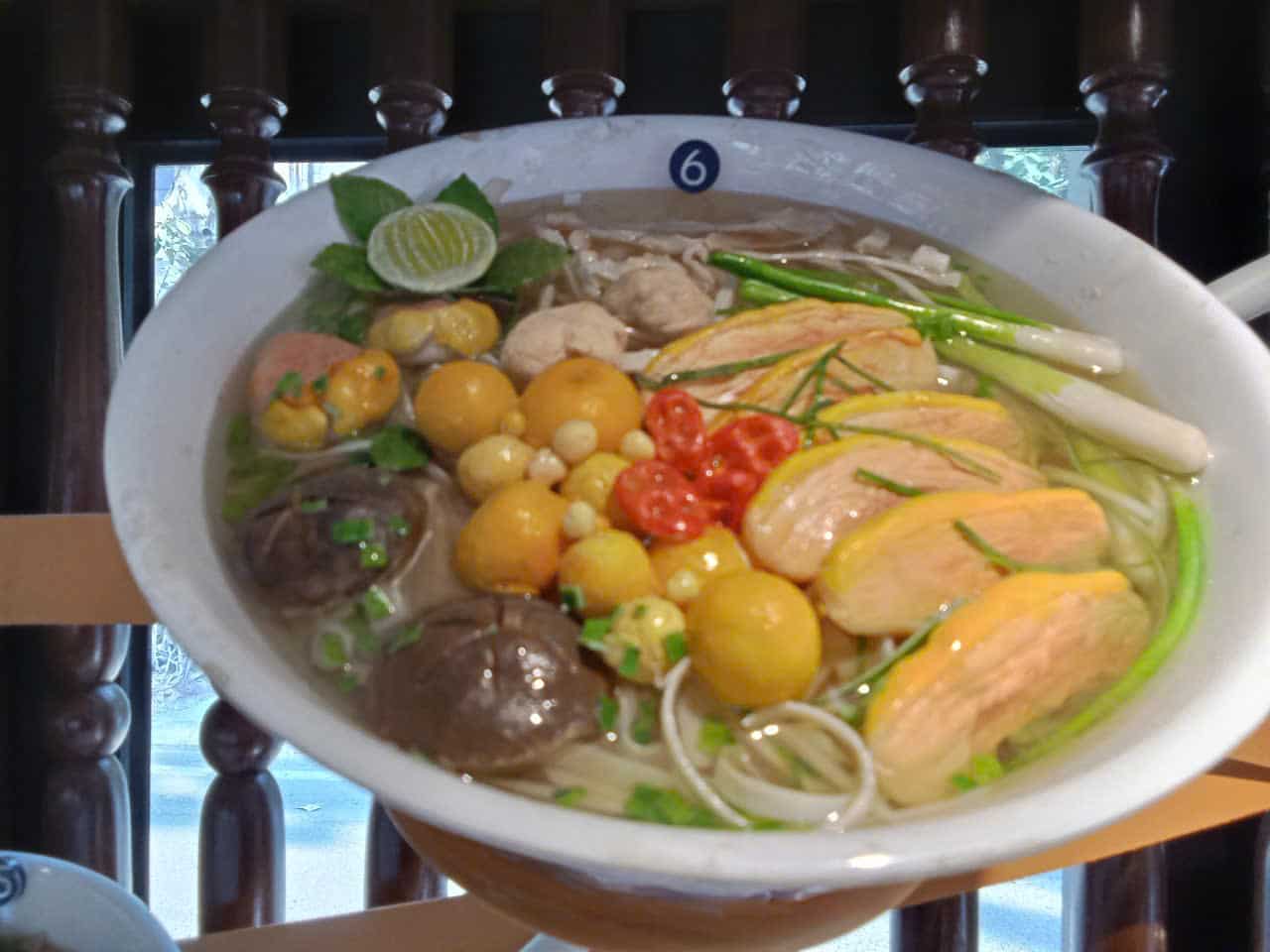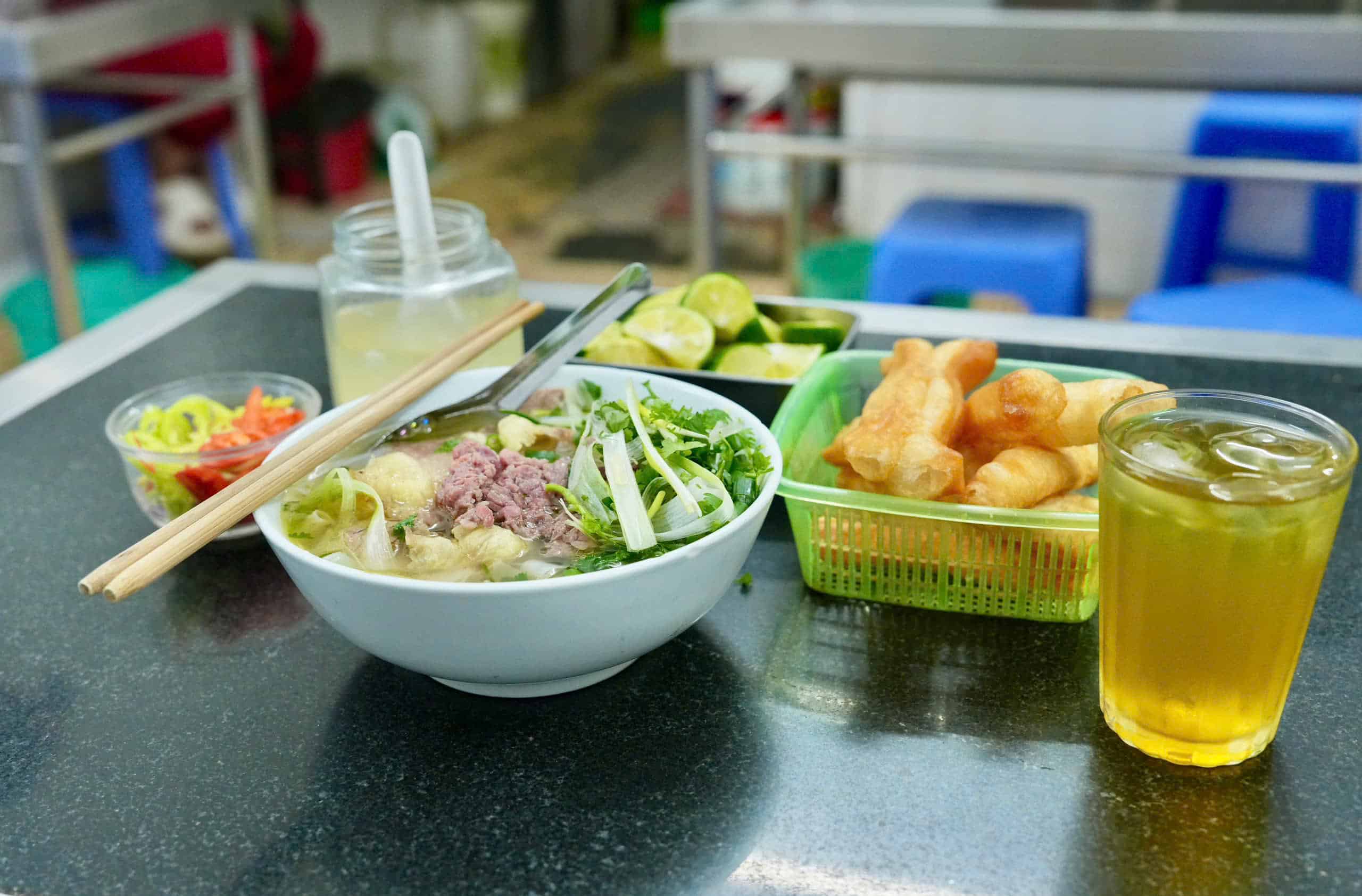Artisans crafting silver jewelry in Hanoi’s Handicraft Village are working hard to preserve and keep their ancestors’ trade alive.
Dating from the 7th century under the Early Ly Dynasty, the silver jewelry craft in Dinh Cong Village, Hoang Mai District, Hanoi, was bequeathed to the villagers by their three fathers: Tran Dien, Tran Dien and Tran Hoa. With intricacy as its trademark, the craft once ranked among the four most time-honored trades of the ancient Vietnamese capital of Thang Long (Hanoi today).

Artisan Quach Tuan Tu at work. Photo: Huy Pham
However, like many other handicrafts, Dinh Cong silver jewelry had its ups and downs, and faded into oblivion. Thanks to the perseverance and talent of the few remaining artisans, it has gradually been revived and handed on to present and future generations.
Revitalizing Hanoi’s exquisite craft
In the spacious and quiet premise of the Dinh Cong Village Communal House, there is the craft ancestor worship hall as well as Dinh Cong silver jewelry workshop. The latter is owned by the family of artisan Quach Tuan Anh, son of artisan Quach Van Truong, a pioneer in revitalizing the traditional handicraft. Every day, about 10 talented silversmiths here still diligently craft exquisite works of art.
Le Dinh Son and Nguyen Thi Lan, who have been working in the workshop for many years, agreed that a satisfactory handmade silver product would take a craftsman several – even dozens of – working days. Not to mention passion, patience and a creative mind.

There are four essential techniques that Dinh Cong silversmiths must master. The first is smoothing, which involves creating silver articles that require no engraving, only polishing to achieve a smooth and shiny finish, while shaping them to the correct standards. The second technique is the harmonious assembly of details. The third is engraving, which entails carving intricate designs into the silver surface. The fourth technique, combining, involves drawing and spinning molten silver into hair-thin threads to form patterns like animals and flowers, which are then attached to jewelry. Among these, the combining technique is considered the most challenging, requiring both dexterity and precision.
Becoming a skilled silversmith is no easy feat, as it takes at least two years of learning and practice to produce finished products. Nguyen Quang Thao, 45 years old, confessed, “When I was a beginner, there were many techniques I couldn’t master, and it took several failed attempts to understand the principles. After that, I was able to master them by working more diligently and properly.”
Those who are passionate about the handicraft and attached to Dinh Cong silver jewelry workshop share the same desire to keep the trade alive, particularly with unique handmade products that are well-received by the market. They also want to pass the torch on to the next generations, so that Dinh Cong silver jewelry continues its reputation as one of the four quintessential pillars of Thang Long craft villages.
“I had the advantage of being from the village, so I decided to quit the government job to join the workshop. This is not for the purpose of earning a steady income for my family. I hope that in the future, Tuan Anh and I will discuss the development direction of the craft village and realize our dream of leaving something behind to make my life more meaningful and beautiful,” said Mai Hong Hanh, a native of Dinh Cong village.
To satisfy the increasing and diverse needs of customers, in addition to the common silver jewelry such as rings, necklaces, earrings, bracelets, brooches or hair pins, artisan Tuan Anh has constantly innovated new souvenir products. Notable examples are Dinh Cong silver paintings, which depict cultural symbols of Hanoi such as Khue Van Pavilion, Turtle Tower, Old Quarter, lotus flowers, or a shepherd boy playing the flute.

“Every time we participate in displays and exhibitions, our products receive a lot of positive customer feedback,” he admitted. Nevertheless, the artist still feels a great concern. “I can train a lot of people for free, but they get discouraged after a while and give up, so, despite my enthusiasm, it’s always the train-10-get-1 situation. There are a lot of customers coming, it’s an opportunity for the craft village, but we can’t satisfy them all and feel guilty for letting the craft village stagnate,”, he earnestly shared his thoughts.
Ancestors’ legacy preserved
In order to preserve, promote and further develop craft villages in the city in general, and Dinh Cong silver jewelry village in particular, Hanoi City issued a Resolution on restoring craft villages. In response, the Hoang Mai District People’s Committee worked with the Dinh Cong Gemstone, Jewelry and Handicraft Association to hold a free vocational class for young people in the district. Once proficient, the 35 trainees will be the main pool of manpower for this 1,500-year-old craft village.
According to Nguyen Thi Phuong, Chairwoman of the Dinh Cong Ward People’s Committee, this is a positive sign, because finding future successors is a common issue for all traditional craft villages.
“The Dinh Cong Wardauthorities, as well as the residents and artisans of the craft village, are very concerned and wish to receive attention and support from all levels of government, to preserve and revive the craft village inherited from ancestors. I hope that, with our existing brand, the district and city will enhance the promotion of Dinh Cong’s silver jewelry, then come up with a plan to develop the traditional craft village for tourism,” she said.
With the efforts of by Hanoi City and Hoang Mai District, coupled with devotion of the artisans and villagers’ devotion, Dinh Cong traditional silver jewelry making will hopefully survive and thrive as a distinctive feature of the millennial city of Hanoi.
By Jenna Duong







